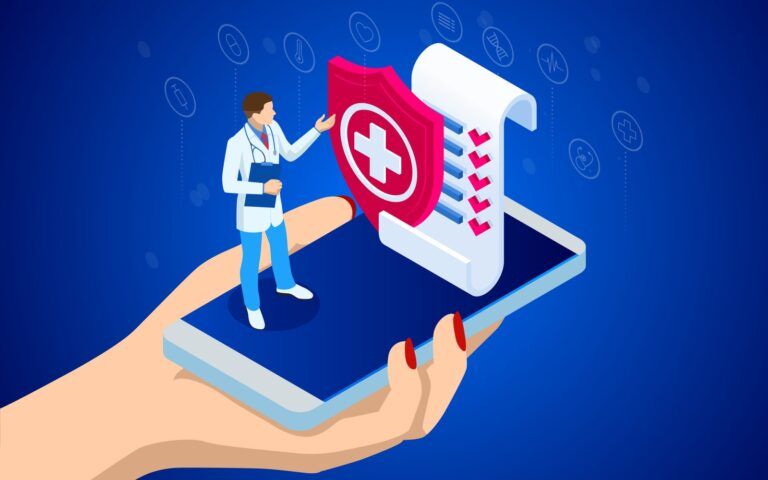There are many things that spring to mind when someone mentions going to the ER. Did they get a burn? A sting? Have a heart attack? Did they break a bone? Were they in a car accident? These are all common things that people will head to the ER for. One form of injury we don’t often think about is those involving the ear, nose, and throat. The most common forms of ENT injury seen at the ER are nose bleeds and fractures to the orofacial area (mouth, jaw, and face). Epiglottitis and peritonsillar abscesses also occasionally make an appearance.
Common ENT Injuries Seen At The ER
- Sudden Hearing Loss – If you experience sudden hearing loss, there’s something clearly wrong. Trouble hearing properly may be the result of something simple, such as a build-up of fluid or wax in the ear. However, it can also be the result of something more serious such as nerve deafness. Facial paralysis, dizziness, and tinnitus are common symptoms that appear alongside hearing loss.
- Nosebleeds – Nose bleeds are a common occurrence, and they may occur for any number of reasons. The majority of the time, a visit to an ER or even Urgent Care will be unwarranted. Generally, all that’s needed is to pinch the nose for 15 minutes, and the bleeding will stop. If this doesn’t work, however, it’s time for a visit to Urgent Care or the ER.
- Facial & Nasal Fractures – More than any other ENT injury, fractures and breaks to the nasal bone (the bridge of your nose) are common. Other types of fracture that Urgent Care and ER offices see are breaks of the eye socket, the cheekbone, or jaw. Regardless of which bone is broken, it calls for a visit to the ER.
- Tonsils & Adenoids – The discomfort and swelling caused by tonsillitis may not seem like a life-threatening condition, but it’s not safe to take that for granted. Strep throat, one of the common diseases behind tonsillitis, can cause a high fever and will not pass without antibiotics. More concerningly, the swelling of your tonsils may be the result of an abscess. These pockets of infection, known as peritonsillar abscesses, form behind the tonsil and must be drained and treated with antibiotics. Left untreated, they have the potential to pass the infection into your bloodstream, causing sepsis.
- Breathing Problems – Severe asthma, pneumonia, pulmonary embolism, influenza, and heart failure can all be sources of breathing difficulty. It’s also possible for this complication to be the result of a tumor or foreign body in the airway itself. Any difficulty with breathing should be addressed by a professional immediately.
See Your Physician For Any ENT Emergency
Any time you experience a medical emergency of any kind, a trip to the Urgent Care or ER is warranted. They’ll be able to address any immediate health concerns and stabilize you until you can see a primary care physician. While ENT emergencies aren’t common, they do need to be taken seriously. Don’t take a risk with your life; get to your Urgent Care immediately for any non-life-threatening medical emergency.




